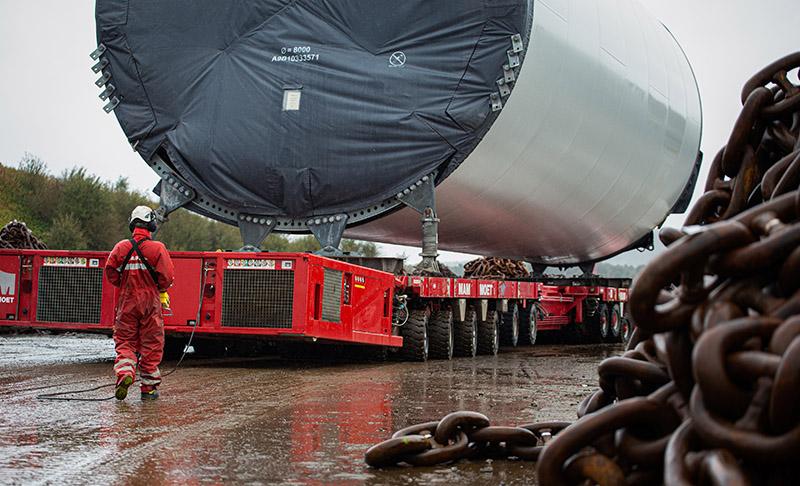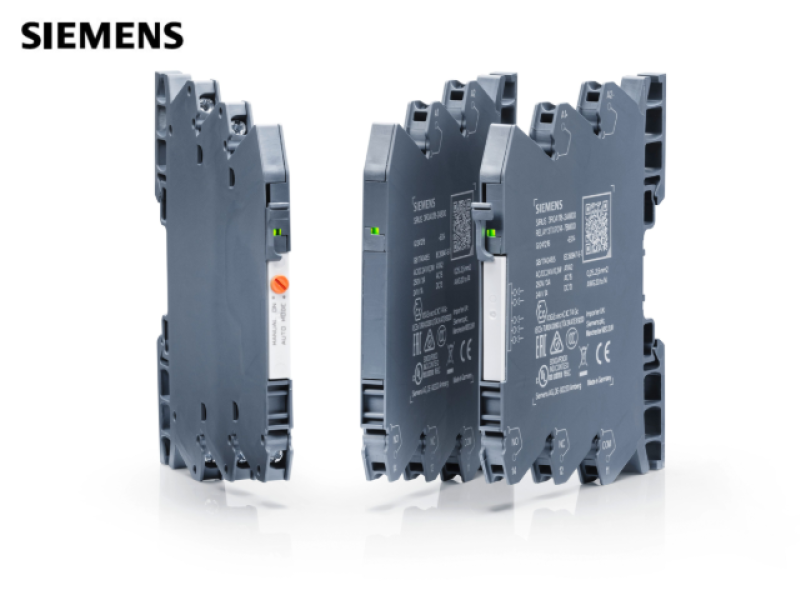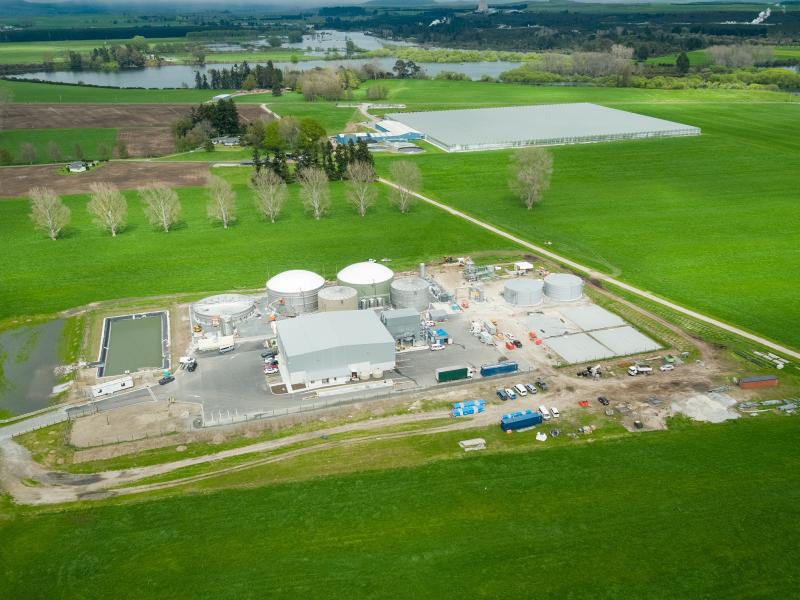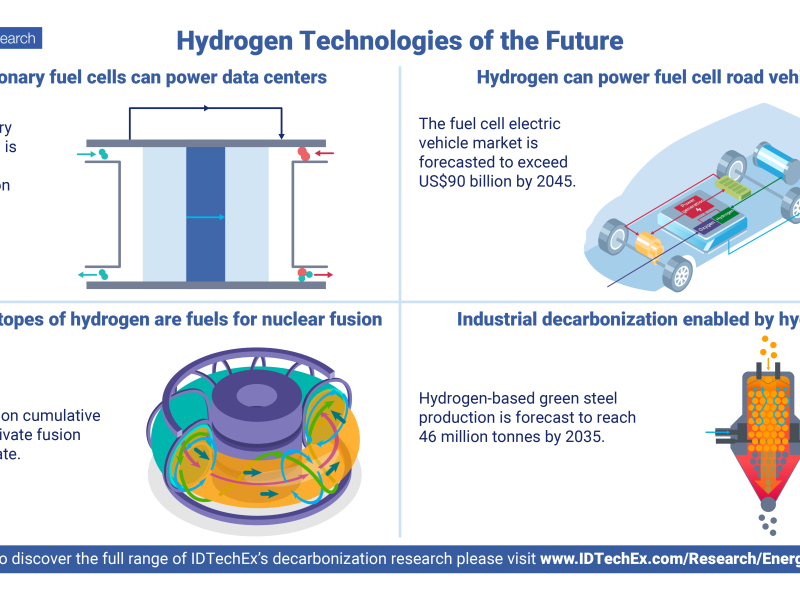A new zero emission heavy transport vehicle has been created, which can remove the carbon impact of installing large infrastructure such as bridges, wind turbines and power station components. Mammoet – the world’s largest heavy lifting and transport company – is responsible.
It works by converting existing Self-propelled Modular Transporters - or SPMTs - from diesel to electric power. SPMTs are the workhorse of heavy industry, used in almost every large energy and construction project worldwide.
Mammoet developed a retrofit kit to replace diesel engines in the vehicles with electric motors. Once converted, each SPMT works in the same way as before: transporting objects up to thousands of tonnes at walking pace, using a remote control.
The new vehicle shows Mammoet’s strong commitment to the energy transition, and to its own sustainability. Fitting new engines in existing SPMT fleets cuts down on both waste and additional construction, compared to purchasing new zero emission equipment.
The new SPMT can eliminate the carbon footprint of site transports. This allows our customers to reduce the impact of large infrastructure projects on surrounding people, businesses and infrastructure.
It reduces noise levels at project sites, making working conditions quieter and safer. Communication between staff is clearer, while work can take place for longer at sites with sound restrictions.
Developed by Mammoet in 1984 and with over 40,000 axle lines in use globally, the SPMT, or Self-propelled Modular Transporter, revolutionised heavy industry by moving any heavy load safely, efficiently and with precision.






